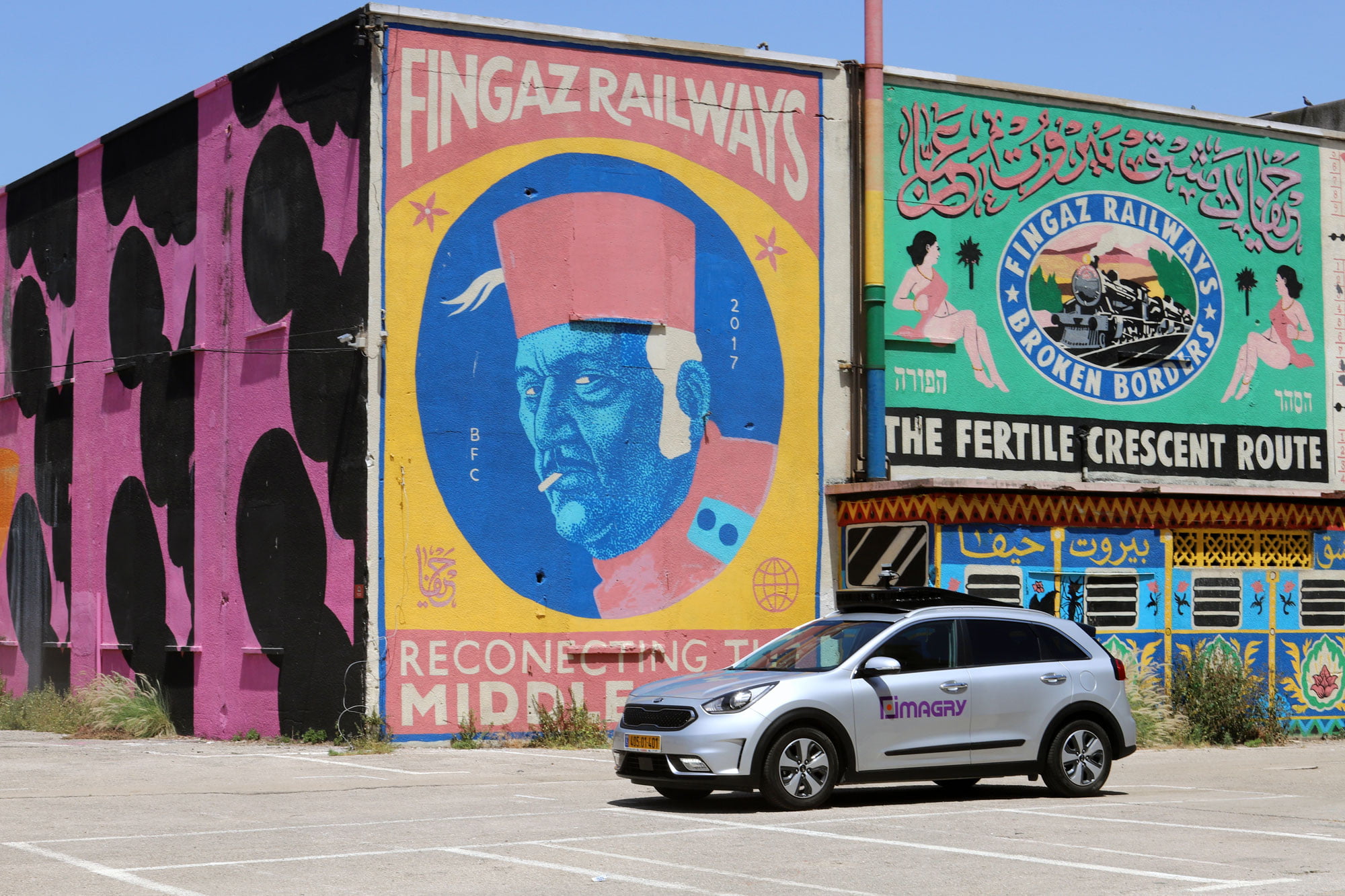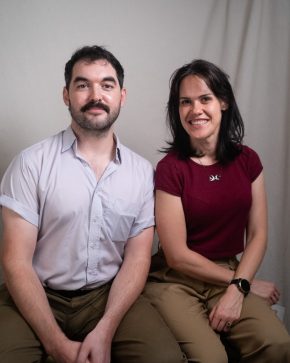Adham Ghazali is shaking up the world of autonomous vehicles by teaching them to operate in areas with no maps. His father, Said Ghazali-Haifa, tells the story.
Takeaways
- Most self-driving cars rely on detailed 3D maps to get around.
- Imagry is a startup creating autonomous cars that don’t require maps. Instead they rely on what they can see.
- Set up by Palestinian entrepreneur Adham Ghazali, Imagry wants to challenge giants like Tesla and Google.
- Ghazali takes inspiration from the way children learn to get around – by exploring and observing.
- The company is already talking to car manufacturers about using the tech in real life.
Adham Ghazali has learned a lot from watching his two-year-old daughter. Observing her learn and grow, he saw how, whenever she learned something new, she would quickly apply it in other everyday contexts.
“Children can model a chaotic world and make decisions about space, collisions, motion, and others’ behaviour,” Adham says. “By the time a child is one year old, they learn to navigate and avoid obstacles.”
Adham doesn’t need to tell me this – I’m his father. But it was he who took this insight and applied it to a very different problem: teaching a car to drive itself.
“Children are the perfect inspiration for what a self-driving car needs to do,” says Adham.
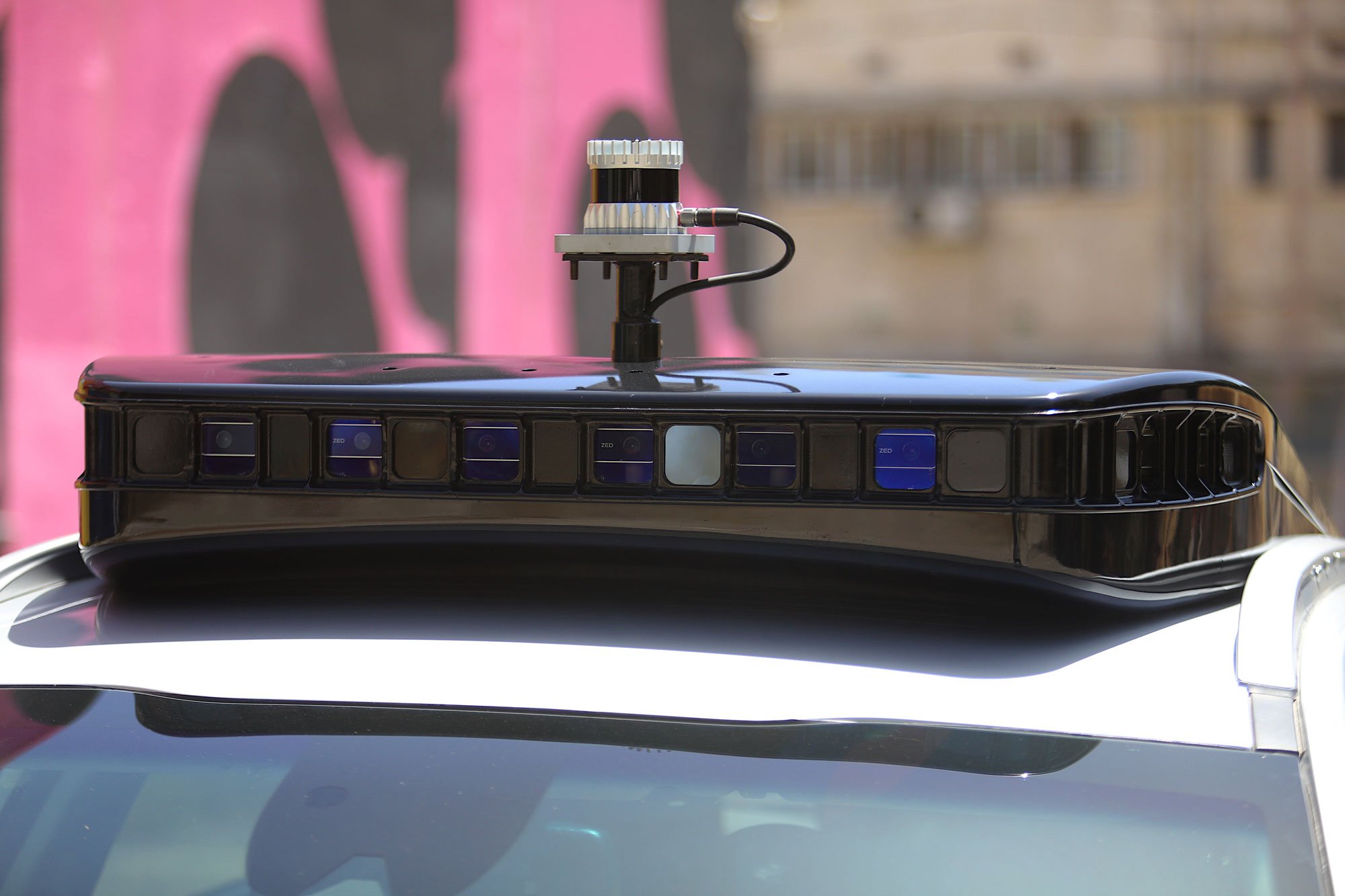
Imagry’s technology uses vision – instead of maps – to navigate road layouts.
“One of the things humans do is reconstruct our surroundings in real time. To me, this is the way you should build an autonomous car”
Adham Ghazali
Going up against US tech giants like Tesla, Uber and Waymo, (which grew out of Google) in the autonomous vehicle business is a daunting challenge for a guy from the Palestinian territories, but that’s what Adham has chosen to do. And from its headquarters in Haifa, Israel, his startup, Imagry, is already working with auto manufacturers in Europe and Asia on a number of potential applications.
To compete against the big guys, Adham is approaching things differently. Watching his daughter learn inspired him to look for ways around one of the big challenges that all his competitors face: mapping. To move around safely, autonomous vehicles rely heavily on specially prepared 3D maps of roadways, which are put together by surveying roads in detail using specially equipped cars. “It’s not like Google Maps,” says Adham. “It’s a high-definition laser-defined map where they drive around with sensors and lasers and GPS.” Not only is this process extremely time consuming and expensive, but it also must be redone every time the environment changes.
Adham founded Imagry to approach the problem another way: to build a full self-driving system that can operate anywhere in the world, with no maps. Instead, it’s based on learning – like humans do. “When I started thinking about Imagry, the first thing that came to my mind was to get inspiration from human beings,” says Adham. “And one of the things we do as human beings is reconstruct our surroundings in real time. Our capability to model chaos is one of the things that’s intriguing to me. To me, this is the way you should build an autonomous car.”
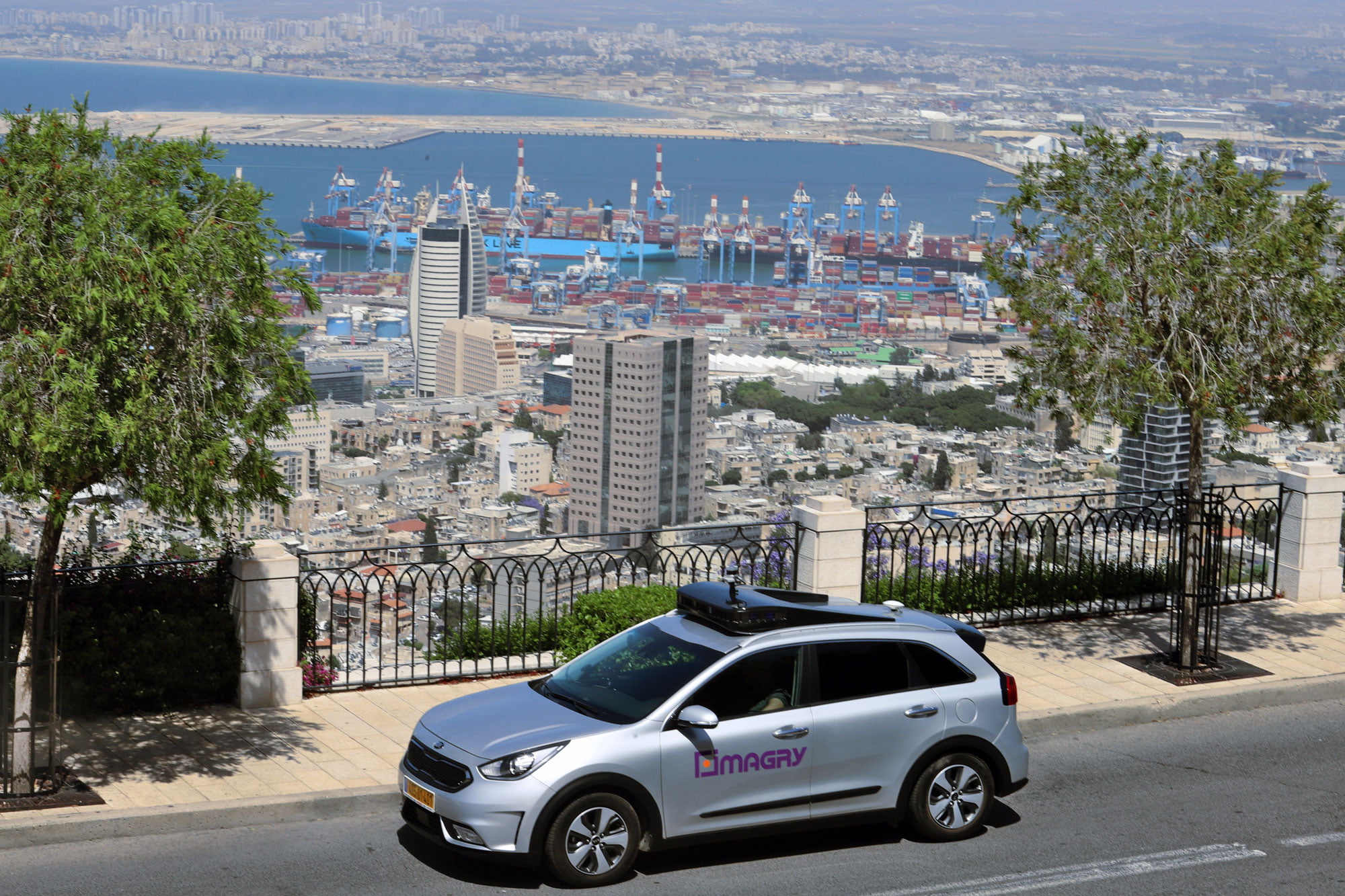
At Imagry’s headquarters, a huge photo of Steve Jobs and a print of a Picasso painting hang on the walls, while engineers sit glued to computer screens. The team has developed a system to process and learn from hundreds of millions of images, to navigate roadways safely. To actually find the way to its destination, all the car needs is an off-the-shelf GPS tool – and once it’s completed a journey once, it can do it even more efficiently the next time.
Navigating without maps is hard, but it brings some significant benefits, and opens up the potential to bring the technology to completely new settings. “We’re able to model the world in real time, so we’re able to respond to changes,” explains Adham. “So inherently in the long term it’s much safer than a car that relies on maps, because then you’re dependent on a continuous operation of human beings updating the maps, and if they forget, it might result in an accident or inefficiencies.”
What he wants to achieve is “a system that is able to accommodate diverse, different places”. “In Haifa, where I live, there are changes every day on the roads. The municipality can change lane lines, or add bicycle lanes… and it’s not updated in maps.”
There are also limits on where a map-based approach is feasible, Adham says. “If I’m going to build a real autonomous car in developing countries in which the infrastructure is not suitable for a map, it would take years for the systems built by western companies to be suitable.”
In its early days, Imagry received a lot of negative feedback. They were told many times that their mission was impossible. Adham says he was thrown out of meeting rooms because, “I dared to claim to solve the problem in a different way”.
“We wanted to build a self-driving system that is able to accommodate diverse, different places”
Adham Ghazali
“It’s tough,” he says. “I’m a guy who grew up in Palestine and I don’t have the luxury of doing what Google does. We have very strong, heavily financed competitors. It’s not an easy endeavour that I started.”
Imagry now has five cars equipped with its technology, and is working with manufacturers to explore how it can be deployed in real life. It is working on a concept for a Japanese car maker that wants to use small vehicles to deliver pizza, navigating both roads and pavements. Successful tests have been carried out, and they hope to have a commercial product ready in three years. Imagry is also talking to a major European company about a taxi that would operate on a fixed shuttle route in France.
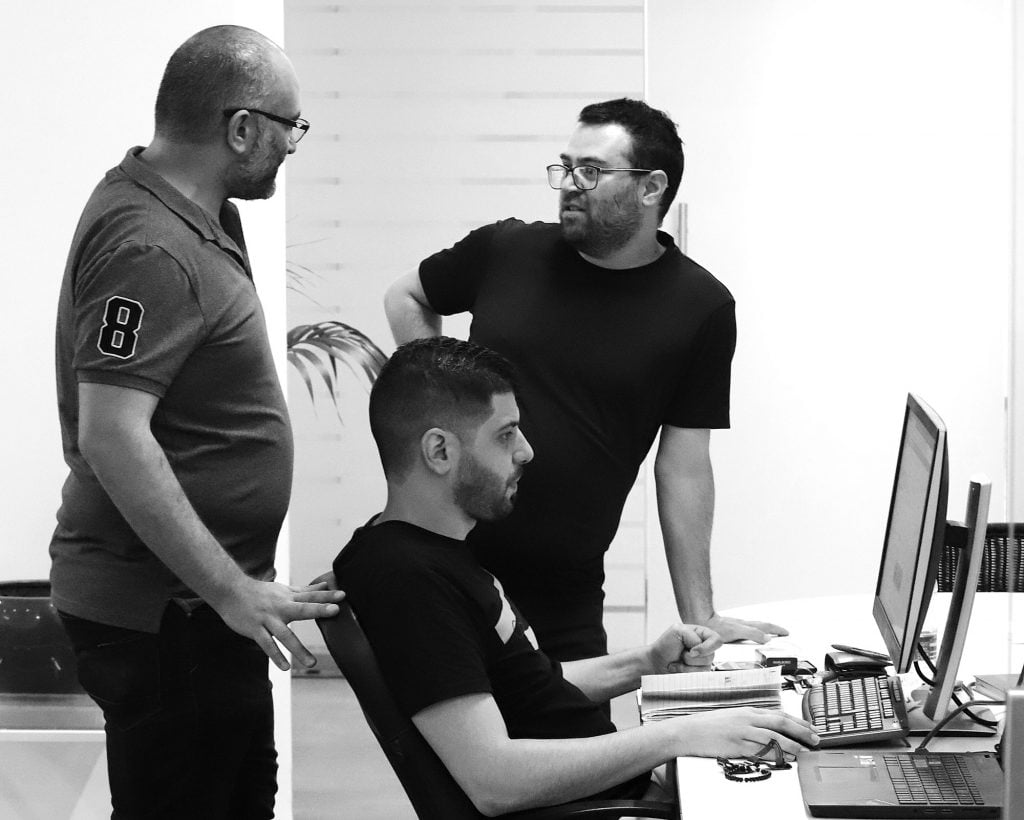
Adham Ghazali with some of his team of autonomous vehicle engineers.

Today, products and services that are based on machine learning are already integrated in various aspects of everyday life such as email spam filters, online product recommendations and video surveillance. Google even managed to build an AI to play the fiendishly difficult board game Go – and defeat the world champion, Lee Sedol. But while it’s relatively easy to get a machine to play a game or flag suspect emails, “teaching a machine to learn facts about life, physics and motion is much tougher,” Adham says.
But in a short time, Adham and his colleagues have built a full self-driving car with minimal resources, using a unique approach. “That’s what I like about startups. You imagine the future and work on making it happen”, he says.
As Adham’s father, I can see how he ended up on this path. When he was 10 years old he assembled a robot from toy cars. Later he made paintings, sculptures, short films. He has always believed in learning by doing.
And if it worked for him, why shouldn’t it work for a car?
